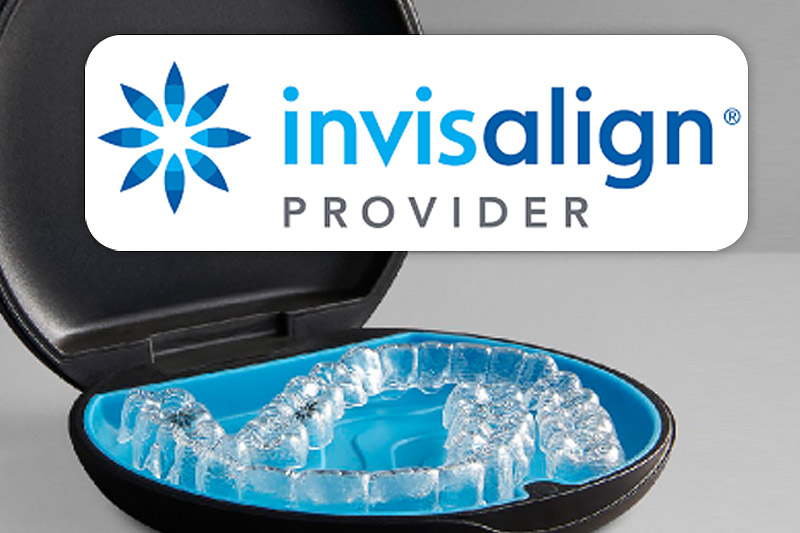
Benefits of Dental Bridges | Watertown MN
There are several types of dental bridges in Watertown, though the traditional bridge comprising one or more fake teeth (known as pontics) anchored by dental crowns (known as abutments) that are cemented to the teeth on each side of the gap, is the most common option.
Dental bridges offer numerous benefits, compared to leaving a gap between your teeth unattended to, including:
- Restoring your ability to chew food properly
- Restoring your ability to speak properly
- Restoring the natural aesthetic look of your smile and mouth
- Preventing adjacent natural teeth from shifting and affecting your bite
- Maintaining the normal structure of your face
Moreover, there are different types of dental bridges in Watertown, each of which is suited for certain situations and offers specific benefits to the user. These types and benefits include:
- Traditional fixed bridges – this is the most popular type of bridgework. Traditional permanent bridges can be used in any position in your mouth, including missing molars, provided you have strong adjacent teeth on both sides of the gap. Moreover, this approach can be used to replace up to 6 missing teeth using 6-unit bridgework.
- Cantilever bridges – this type of bridgework is not as common and is only used when the pontic can only be supported by healthy teeth on one side of the gap. The pontic is bonded to only one abutment crown. This option can only be used with front teeth where you can control biting force, as opposed to back teeth that are subjected to heavy chewing forces.
- Resin-bonded or Maryland bonded bridges – this option consists of a pontic that is attached to a porcelain or metal frame, which is then held in place using one or two wings that are attached to the adjacent healthy teeth. Resin-bonded bridges are typically used to fill gaps in the front of the mouth. They are a good choice because they’re conservative, with virtually no preparation of the adjacent teeth to support the pontic in place. But since they’re prefabricated, the dentist may need to trim the surrounding teeth to achieve a good fit. They’re also low-risk, strong, permanent, and look very realistic.
- Implant-supported bridges – if you’ve lost multiple teeth in a row, then implant-supported bridges can help to stabilize the bridgework. The pontics are secured to one or more implant-supported crowns spread across the gap, giving you a restoration that is just as strong as if the bridgework were anchored to your natural teeth.
Please consult your dentist in Watertown MN to learn more about dental bridgework and to determine whether you’re a good candidate for the procedure.



